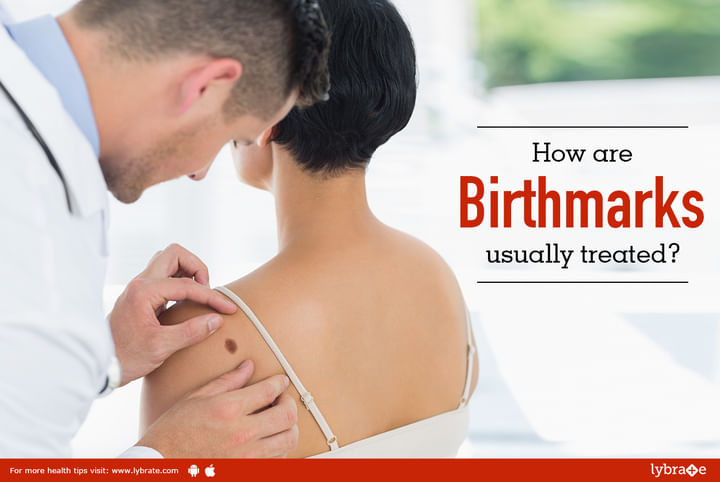How are birthmarks usually treated?
Birthmarks are dark spots/blemishes that are present at birth or appear soon after. Most of them are harmless and while some disappear with time, some don't. Birthmarks may cause a person to be conscious of their appearance and some types of marks may even pose health problems. You can opt for birthmark removal for cosmetic or health reasons.
Types of birthmarks
The two major types of birthmarks are vascular birthmarks, which are caused due to the incorrect formation of blood vessels; and pigmented birthmarks that are caused due to an overgrowth of pigmentation cells.
Common vascular birthmarks are 3 types:
- Haemangiomas: Bright red or bluish marks that may appear above or below the skin's surface.
- Port-wine stains: They are discolorations found mainly on the neck, face arms or legs, which look like wine was spilled on that area of the body.
- Macular stains: These are faint red marks often found on the forehead, eyelids, nape of the neck, nose or the upper lip.
Pigmented birthmarks are generally of 3 types- Cafe-au-lait spots, which are common coffee colored spots; Mongolian spots that are flat, bluish-gray patches on the lower back or buttocks; and moles that may be tan or black, flat or raised and may have hair growing out of them. Moles may develop into skin cancer.
So, in cases where a birthmark can be potentially fatal for your health, it's best to get it removed.
Here are the different ways you can choose from if you intend to get your birthmark removed.
1. Laser surgery - It's a widely popular birthmark procedure, especially for port-wine stains. A yellow light laser, called flashlamp pumped a dye laser, is commonly used for treating and removing birthmarks in children. Haemangiomas are generally treated with a pulsed eye laser when they start to grow in size and become thicker than before.
2. Surgery - Surgical excision can help remove a birthmark and minimize the resulting scar. Mongolian birthmarks, port-wine stains, and haemangiomas can be treated with surgery.
3. Cryosurgery and Electrodessication - Cryosurgery is the application of extreme cold to the affected area to destroy the diseased tissue. Electrodessication refers to the destruction of tissues by dehydration induced by a high-frequency electric current.
'Consult'.
Tip: What skin differences can you expect when you're pregnant?



+1.svg)
